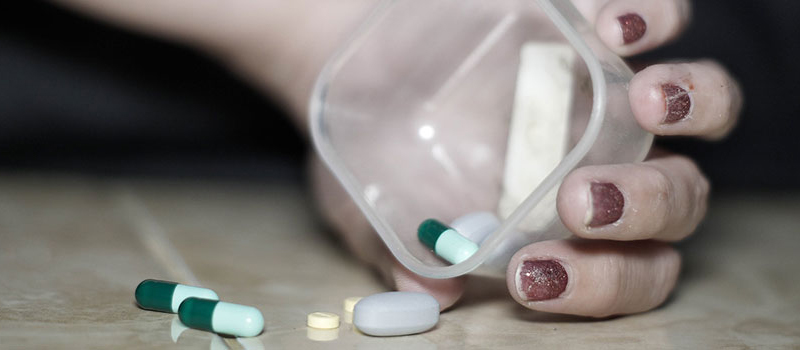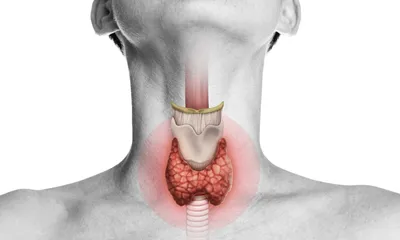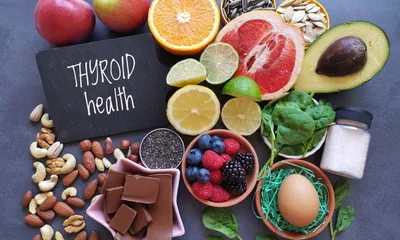Understanding Labels: What Does ‘Inactive Ingredient’ Mean?

Whether they're prescription or over-the-counter, medications are made of both active and inactive ingredients. So, what are these components, what's the difference between active and inactive ingredients, and what does ‘inactive ingredient' mean, exactly? Keep reading below to learn more!
If you are interested in saving money compared to local pharmacies on your prescription and over-the-counter medications click here to start saving today.
What is the Difference Between Active and Inactive Ingredients?
As previously mentioned, both active and inactive ingredients come together to form any medication.
The difference between active and inactive ingredients lies in the roles they each play in making up a drug.
The active ingredient, otherwise known as an active pharmaceutical ingredient (API), is the portion of a drug that has therapeutic effects on the body. In other words, it's the chemical compound that's responsible for making you feel better!
On the other hand, inactive ingredients (or excipients) are the non-medicinal components of the drug. These ingredients don't have any pharmacological effects on the body.
So, What Does ‘Inactive Ingredient' Mean, Exactly?
Although inactive ingredients don't have any therapeutic effect on the body, they are important and necessary components of most drugs.
So, what does ‘inactive ingredient' mean and why are they so important?
To put it simply, medications aren't solely made of medicinal ingredients. That's where inactive ingredients come in. They are the additional components that make up the rest of the drug which don't have an effect on the body.
These ingredients are important because they may be used for a number of reasons. Here are some reasons why active ingredients may be used when formulating a drug:
They're used as binding agents
They act as buffers
They act as fillers— especially if the active ingredient is not sufficient to be formed into a pill, tablet, capsule, or liquid alone
They're used as stabilizers for active ingredients in certain medications
They may be used as preservatives to ensure the drug lasts longer
They can be used to flavour or add colour to medicines
They're used as coating agents for pills, capsules, and tablets. This makes them easier to swallow
They can help your body effectively absorb medicine
They may be used as disintegrants, helping the drug break up at the right time
With this in mind, these non-medicinal ingredients are also responsible for a drug's shape, size, or colour.
Inactive ingredients can also typically make up the bulk of a drug. According to Katdare and Chaubal, "the total amount of excipients frequently used is greater than the amount of the active drug substance in a dosage form."
While inactive ingredients don't have any effect on the body for the most part, certain types can also be considered active under certain circumstances.
According to the Food and Drug Administration (FDA), alcohol is one such ingredient. Depending on the product formulation, it can either be considered active or inactive.
Can Inactive Ingredients Be Dangerous for You?
For the most part, inactive ingredients are harmless. However, if you have allergies to soy, dairy, gluten, and more, it's important to check the label for any signs of these ingredients.
Furthermore, all inactive ingredients in medications are approved by the FDA and are considered "GRAS" or "generally recognized as safe." This also applies for generic versions of medications. However, the inactive ingredients in generics may not always be the same as the brand name version.
Final Word
Overall, inactive ingredients are necessary components for any medication. They not only play an important role in drug composition, they can help with absorption, delivery, and much more!
If you're concerned about allergies, be sure to always look at the inactive ingredients list on the label. If you're unsure, you can talk to your doctor or pharmacist as well.
Looking to save money on prescription medication? Be sure to take a look at how CanPharm is the answer to soaring drug prices!


